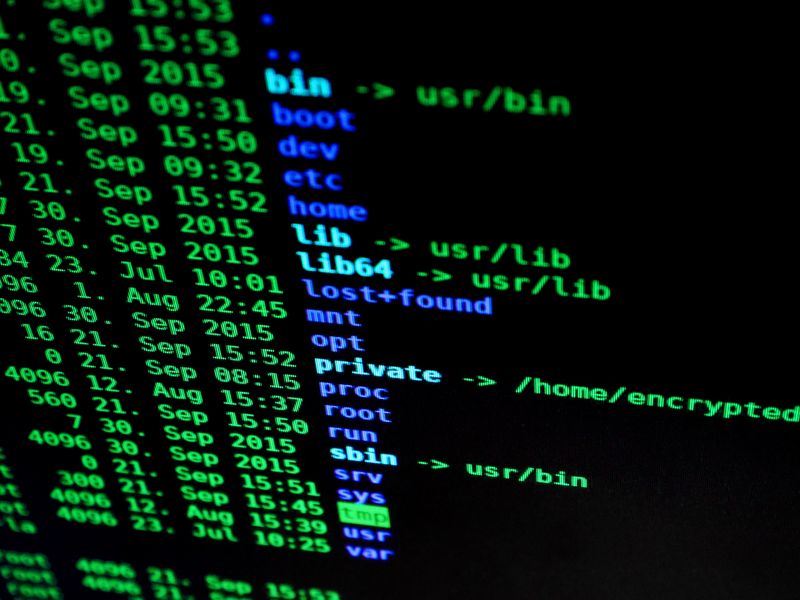Google’s July 2023 Android Security Updates Patch Vulnerabilities and Address Exploited Flaws
Google recently released security updates for Android in July 2023, which aim to resolve 43 vulnerabilities. Of these vulnerabilities, three have already been exploited in targeted attacks. The vulnerabilities, known as CVE-2023-2136, CVE-2023-26083, and CVE-2021-29256, affect Android’s System and Arm Mali components. Google has stated that there are indications that these security flaws have been under limited, targeted exploitation.
Exploited Vulnerabilities
One of the exploited vulnerabilities, CVE-2023-2136, was previously disclosed in April as a zero-day vulnerability in the Chrome browser. It is described as an integer overflow issue in Skia, allowing remote attackers who have compromised the renderer process to potentially perform a sandbox escape via a crafted HTML page. This vulnerability can be used to achieve remote code execution on Android devices.
The other two exploited vulnerabilities, CVE-2023-26083 and CVE-2021-29256, are related to Arm Mali GPU kernel drivers. CVE-2023-26083 is a memory leak vulnerability that allows a non-privileged user to make valid GPU processing operations that expose sensitive kernel metadata. CVE-2021-29256 is a privilege escalation vulnerability that allows a non-privileged user to make improper operations on GPU memory, potentially gaining root privilege and disclosing information.
Impact and Patching
Google’s security bulletin states that devices running a security patch level of 2023-07-01 or later are patched against the remote code execution vulnerability (CVE-2023-2136) and 22 other security defects in the Framework and System components. Additionally, Android’s 2023-07-05 security patch level addresses the two exploited Arm vulnerabilities and resolves a total of 20 flaws in Kernel, Arm, Imagination Technologies, MediaTek, and Qualcomm components.
Google also released security updates specifically for Pixel devices, addressing 14 vulnerabilities in Kernel, Pixel, and Qualcomm components. Two of these vulnerabilities were rated as critical severity and could lead to elevation of privilege and denial-of-service (DoS).
Implications for User Security
These vulnerabilities and their exploitation highlight the ongoing challenges in ensuring the security of mobile devices. Mobile devices have become an integral part of our lives, containing sensitive information and connections to various online services. Their widespread use and regular connection to the internet make them attractive targets for attackers.
While it is concerning that these vulnerabilities have been exploited, it is encouraging to see Google promptly releasing security updates to address them. It is crucial for users to ensure that their devices are regularly updated with the latest security patches to mitigate the risk of exploitation.
Importance of Prompt Updates
Due to the fragmented nature of the Android ecosystem, where different manufacturers and carriers are responsible for distributing updates, it is essential for users to be proactive in updating their devices. Devices running older versions of Android or those without the latest security patches are more vulnerable to exploitation.
Users should regularly check for and install software updates on their Android devices. It is recommended to enable automatic updates whenever possible to ensure that devices receive the latest security patches promptly.
Philosophical Discussion: Balancing Convenience and Security
As mobile devices and technology continue to advance, there is an ongoing tension between convenience and security. Users often prioritize the convenience of using mobile devices and may delay or disregard updates due to the potential disruption they may cause.
However, these recent security vulnerabilities and their exploitation highlight the importance of prioritizing security over convenience. The consequences of a successful attack can be significant, including unauthorized access to personal information, financial loss, and even compromise of sensitive systems and infrastructure.
As users, we must recognize that regularly updating our devices and prioritizing security measures contribute to our overall safety in the digital world. By making conscious choices to prioritize security, we can mitigate risks and protect our personal information and digital lives.
Editorial: Collaborative Efforts and Responsibility
The discovery, patching, and exploitation of vulnerabilities like the ones discussed here require collaboration among various stakeholders. Tech companies like Google play a crucial role in developing and releasing security updates to address vulnerabilities promptly. They bear the responsibility of ensuring that their software is secure and providing updates to users.
However, responsibility is not solely on tech companies. Users also have a responsibility to stay informed about security updates and promptly apply them. Manufacturers and carriers must prioritize the timely distribution of updates to their devices to minimize the window of vulnerability.
Furthermore, governments and regulatory bodies can contribute by establishing frameworks that incentivize and enforce the timely release of security patches. Collaboration among all these stakeholders is crucial to creating a secure mobile ecosystem.
Ultimately, the security of mobile devices lies in the collective efforts of individuals, tech companies, manufacturers, and policymakers. By recognizing and fulfilling our respective responsibilities, we can collectively address vulnerabilities, minimize the risk of exploitation, and ensure a safer digital environment.

<< photo by Ales Nesetril >>
The image is for illustrative purposes only and does not depict the actual situation.
You might want to read !
- Mobile Cyberattacks Surge: Android Users at Highest Risk
- The Menace of Adware on Android: Over 60K Fake Apps Discovered
- The Infiltration of Sneaky DogeRAT Trojan into Popular Apps: Endangering Indian Android Users.
- The Growing Threat: Botnets Rapidly Exploit Published PoCs
- The Vulnerability Stacking Effect: Exploring the Implications of the StackRot Linux Kernel Vulnerability
- Cybersecurity Experts Warn Not to Click on Links When Stressed
- Fluhorse: Unveiling the Flutter-Based Android Malware Threat
- The Infiltrators: How Over 60K Android Apps Have Delivered Adware Undetected for Months
- The Latest iOS Hack: Zero-Click Exploits Pose New Threat with ‘ForcedEntry’ Malware
- “Redefining Cyber-Risk: CISOs Confront the Unsettling Status Quo”
- The Growth of Cybersecurity Threats: Analyzing the Implications of the Pepsi Bottling Ventures Data Breach
- Shipping Secure Software: Exploring the Risks and Rewards of Software Supply Chain Security
- Key Criteria for Choosing an Effective Patch Management Solution




